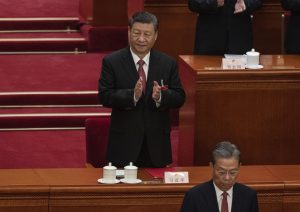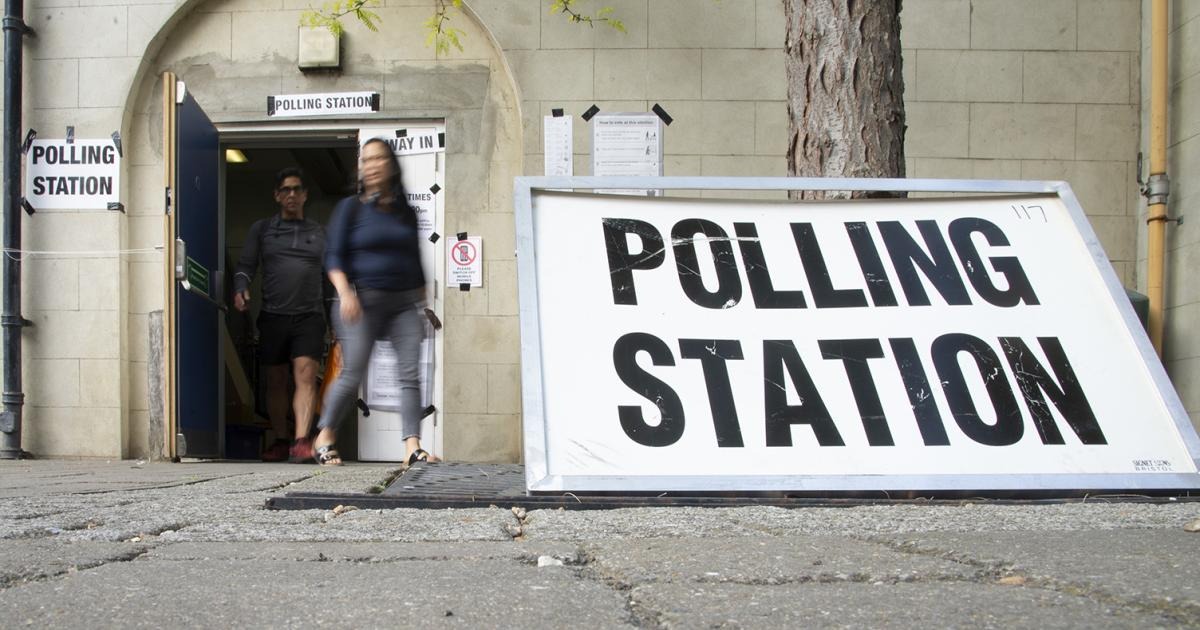As Suffolk prepares to potentially secure a devolution deal from the government, time is of the essence as the specter of an autumn general election looms.
The proposed devolution settlement, which includes the introduction of a directly elected leader, has raised questions about the potential for conflict and deadlock within the council.
The consultation document outlining the proposed devolution deal is open for feedback from Suffolk’s population until the end of May. After receiving responses, the council plans to discuss them in July before seeking formal approval from the Department for Levelling Up.

Polling Station (Credits: The New European)
However, the tight timeline and the looming general election expected in October or November challenge the plan’s approval.
One key concern revolves around the dynamics between the elected leader and the council members, primarily if most councilors represent a party opposed to the leader’s policies.
The historical example of Suffolk being governed by a Labour/Liberal Democrat coalition despite the Conservatives being the largest single party raises questions about potential political deadlock under the proposed system.
Council leader Matthew Hicks has voiced support for the devolution deal, emphasizing its potential to empower the county. However, opposition leader Andrew Stringer has expressed reservations, characterizing the deal as offering only a limited devolution.

The Labour Party’s stance on directly elected mayors contrasts with local skepticism about introducing a directly elected leader to the existing authority.
This divergence of views underscores the complexity and varying perspectives surrounding the proposed devolution arrangements in Suffolk.
As the consultation period unfolds and the prospect of a general election draws closer, Suffolk faces critical decisions shaping its governance structure and future trajectory.
The balancing act between centralization and devolution, as well as the dynamics between council leadership and members, will be central considerations in navigating the county’s path forward.























